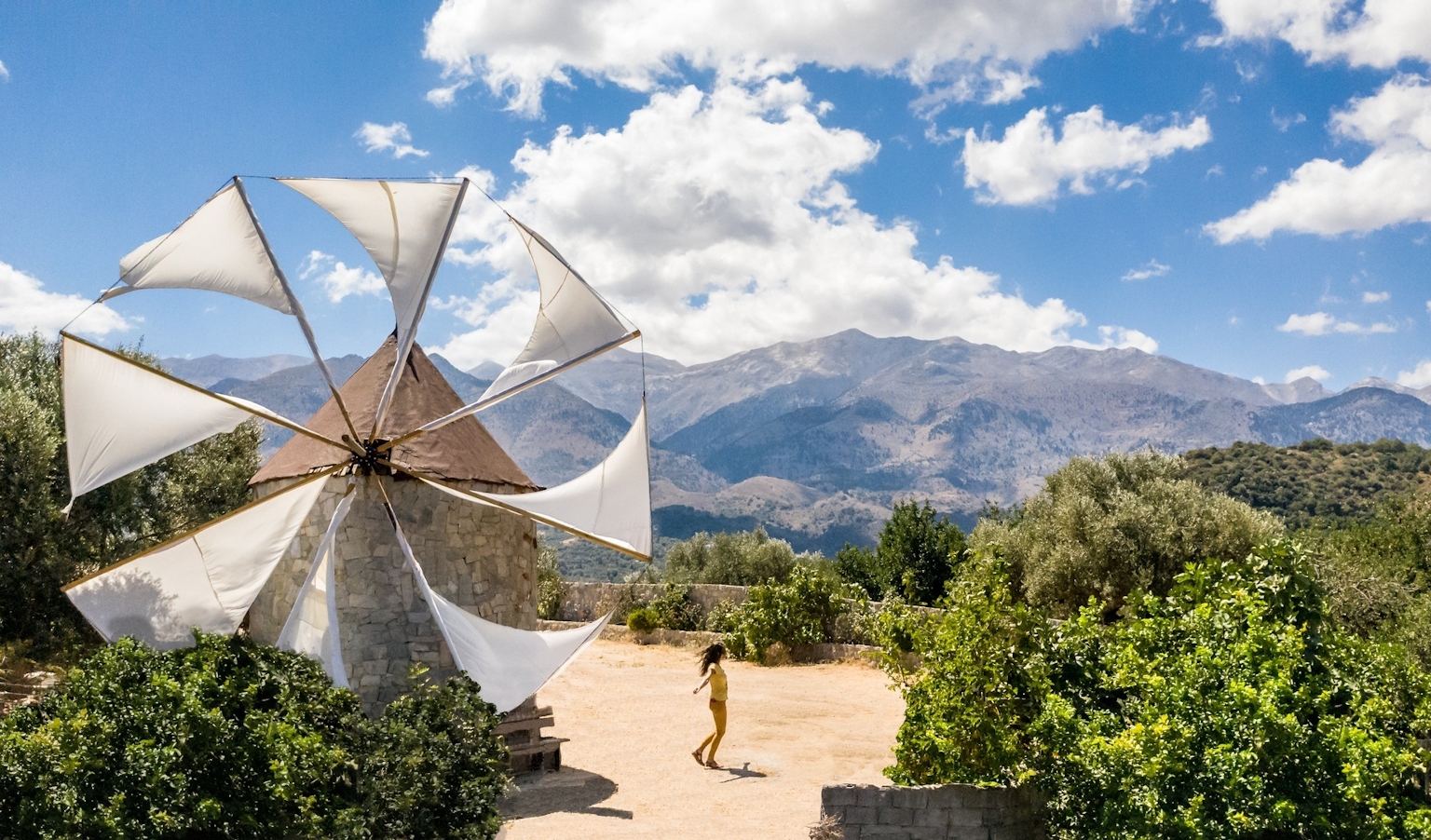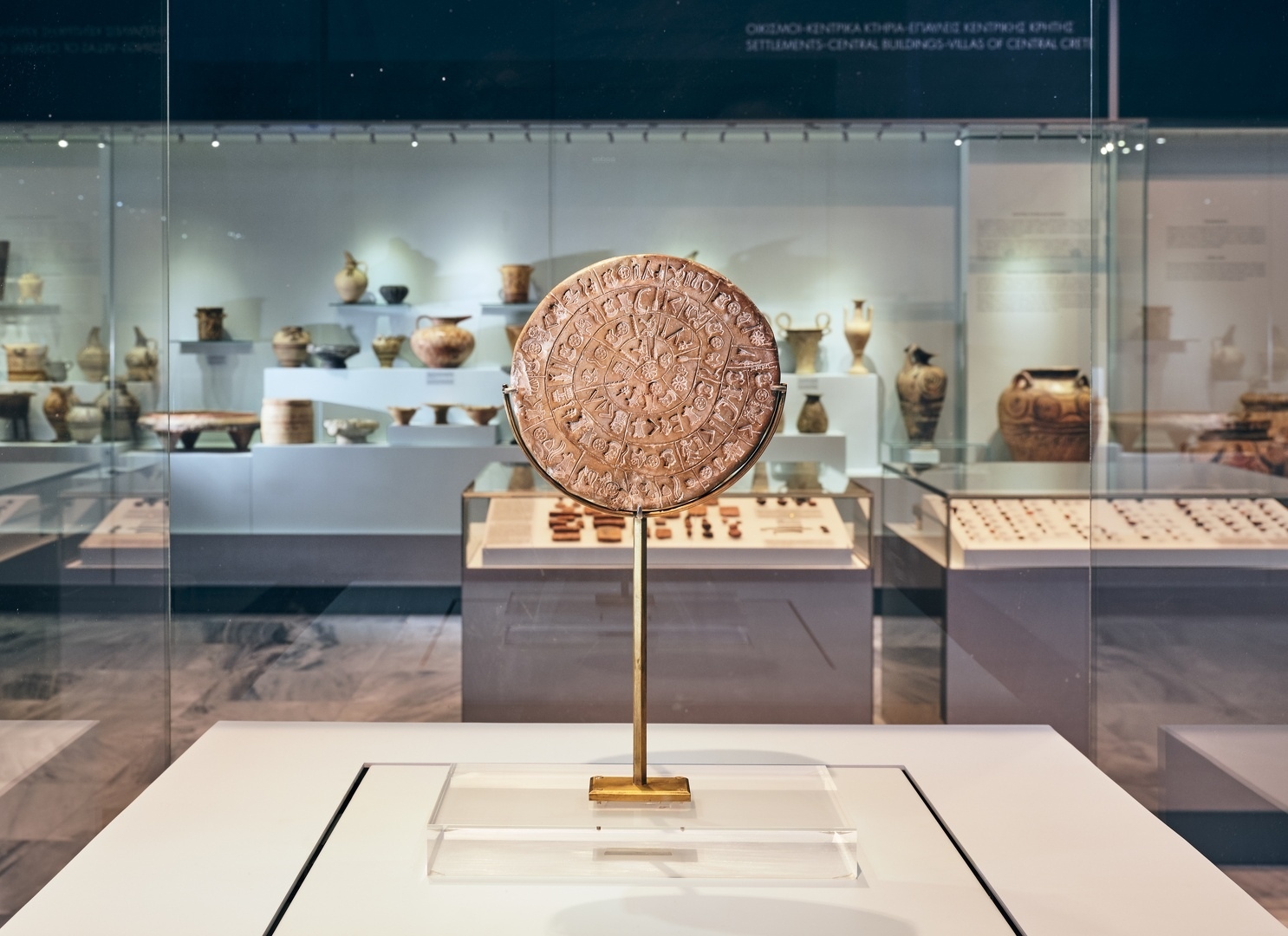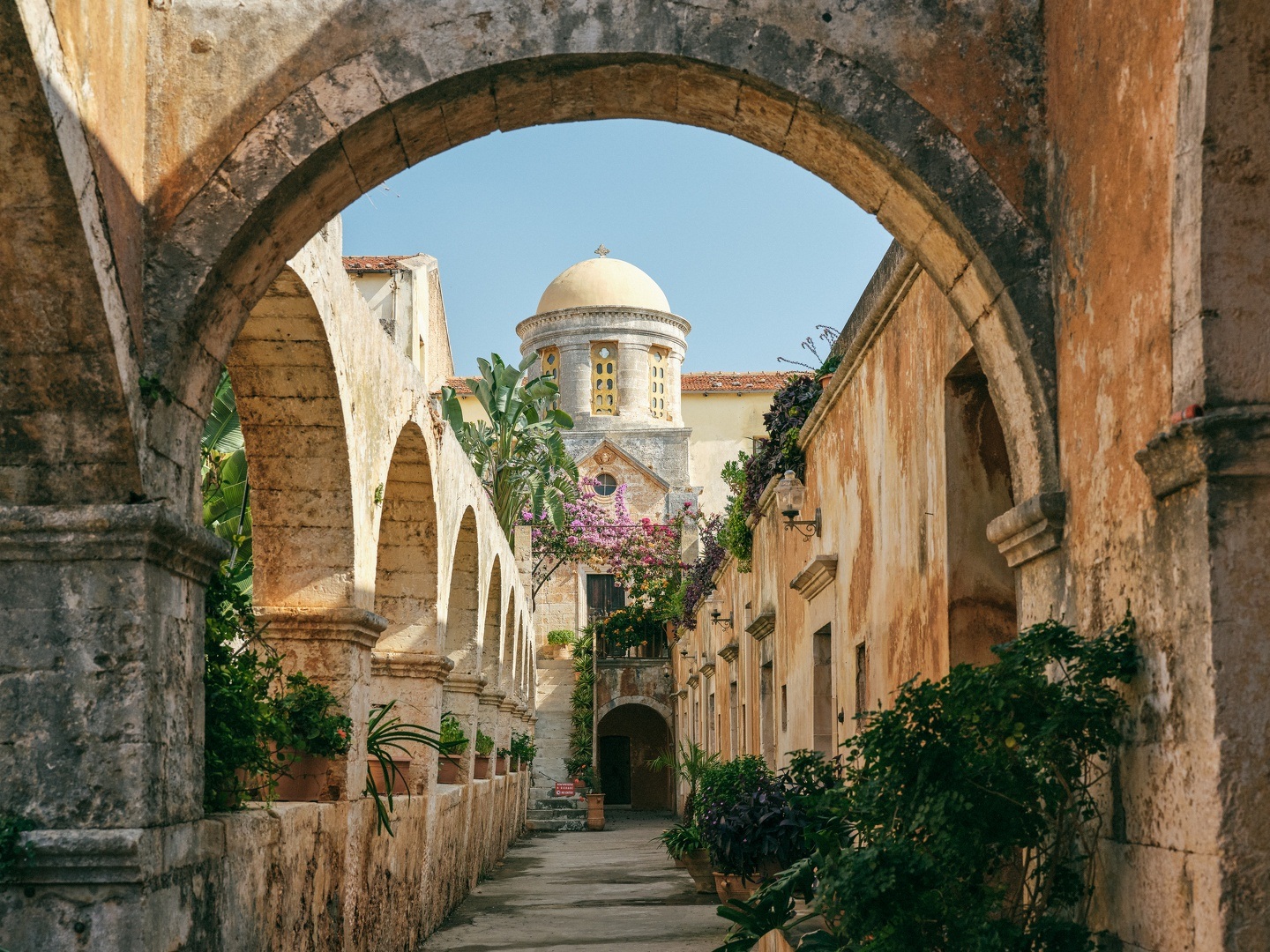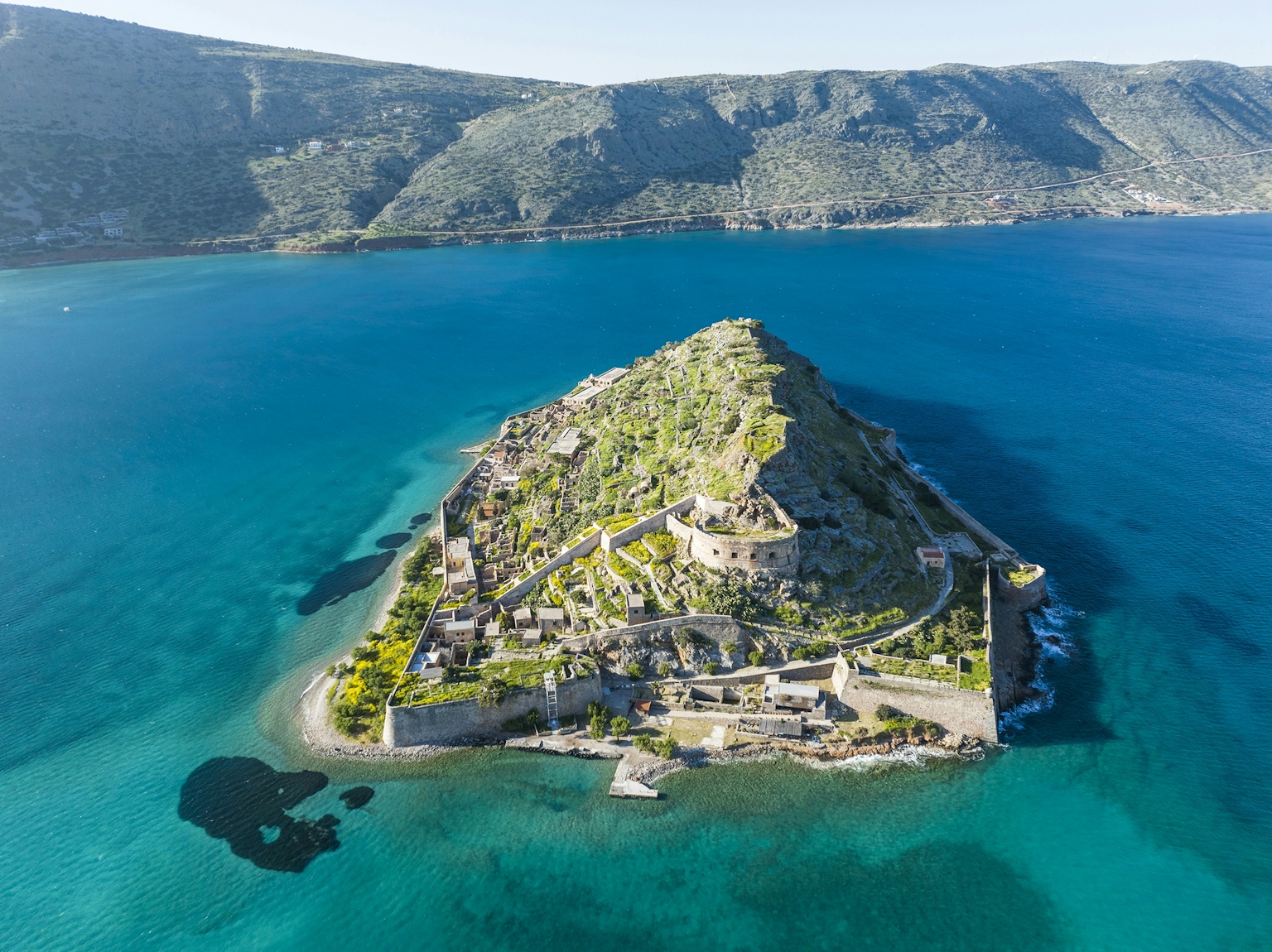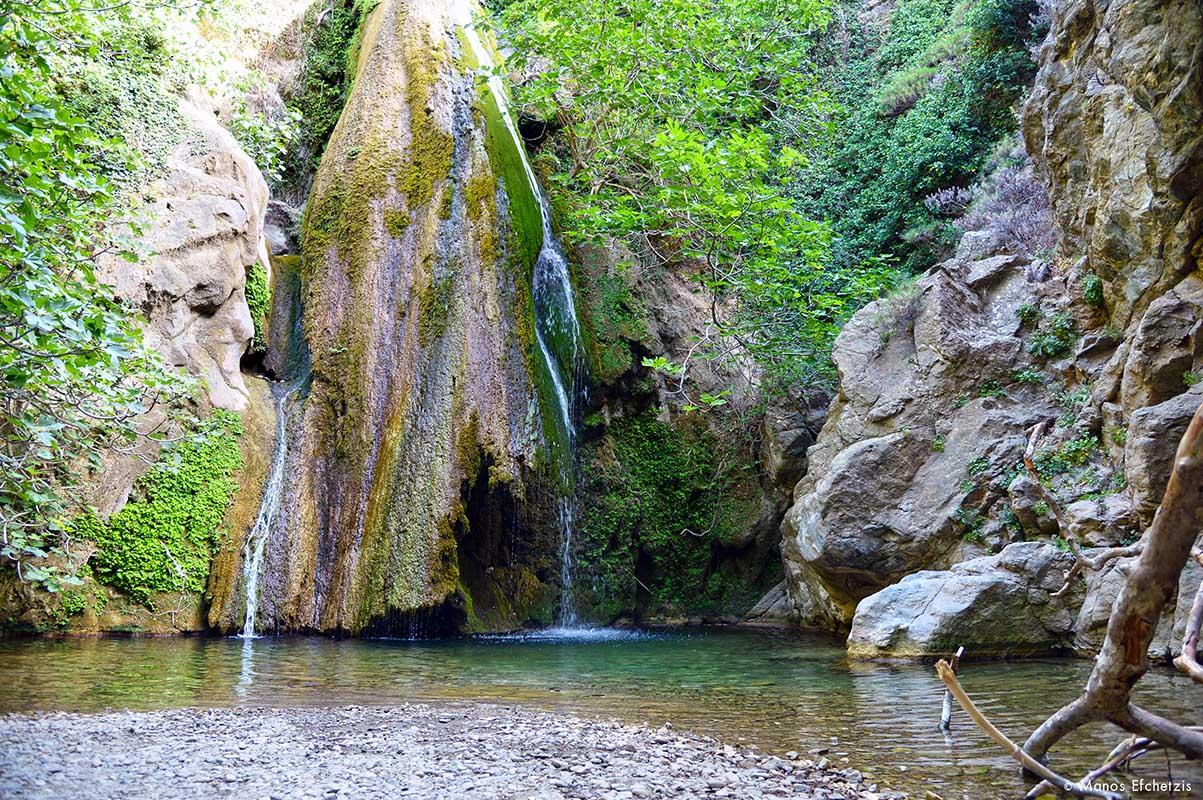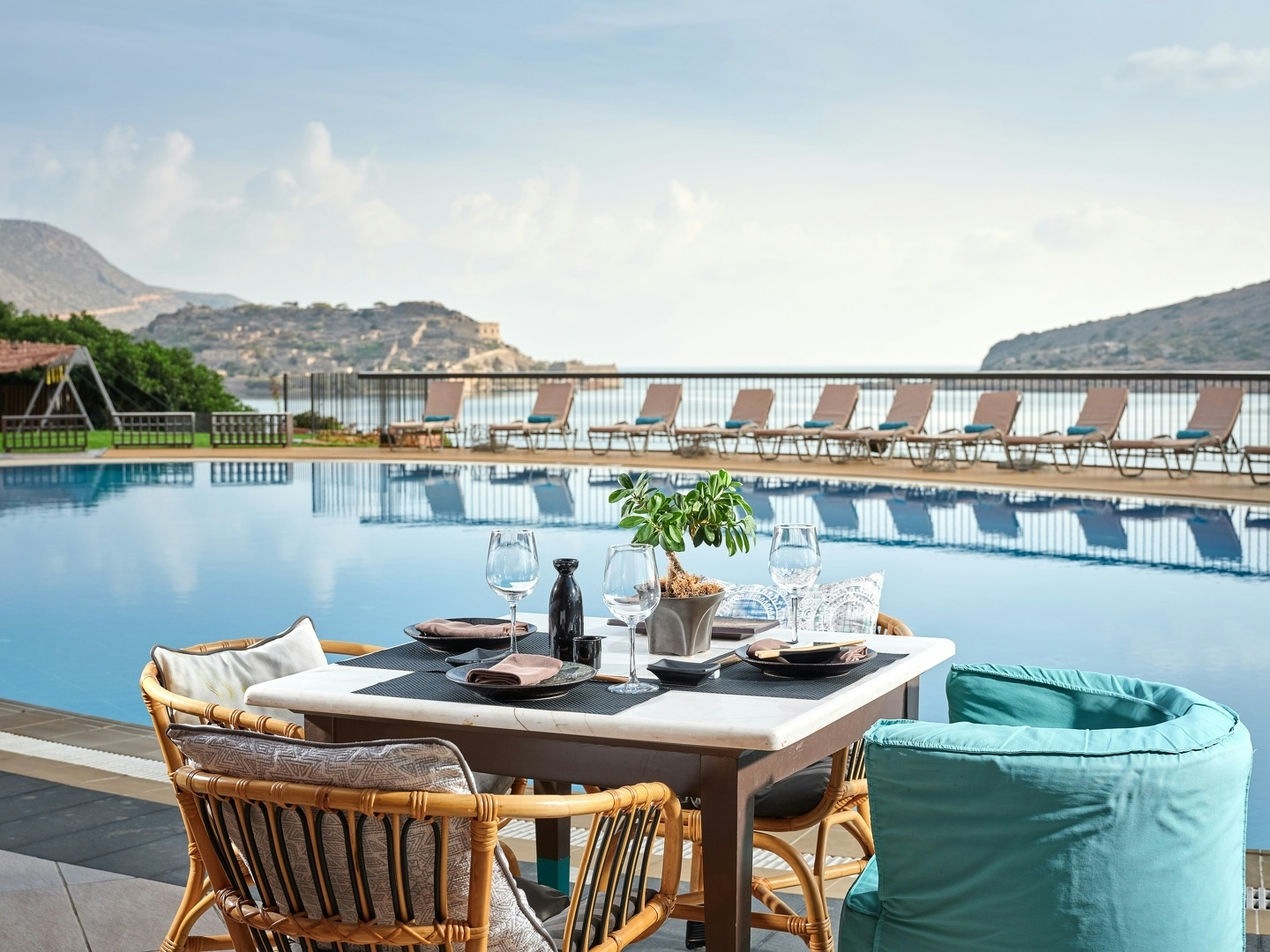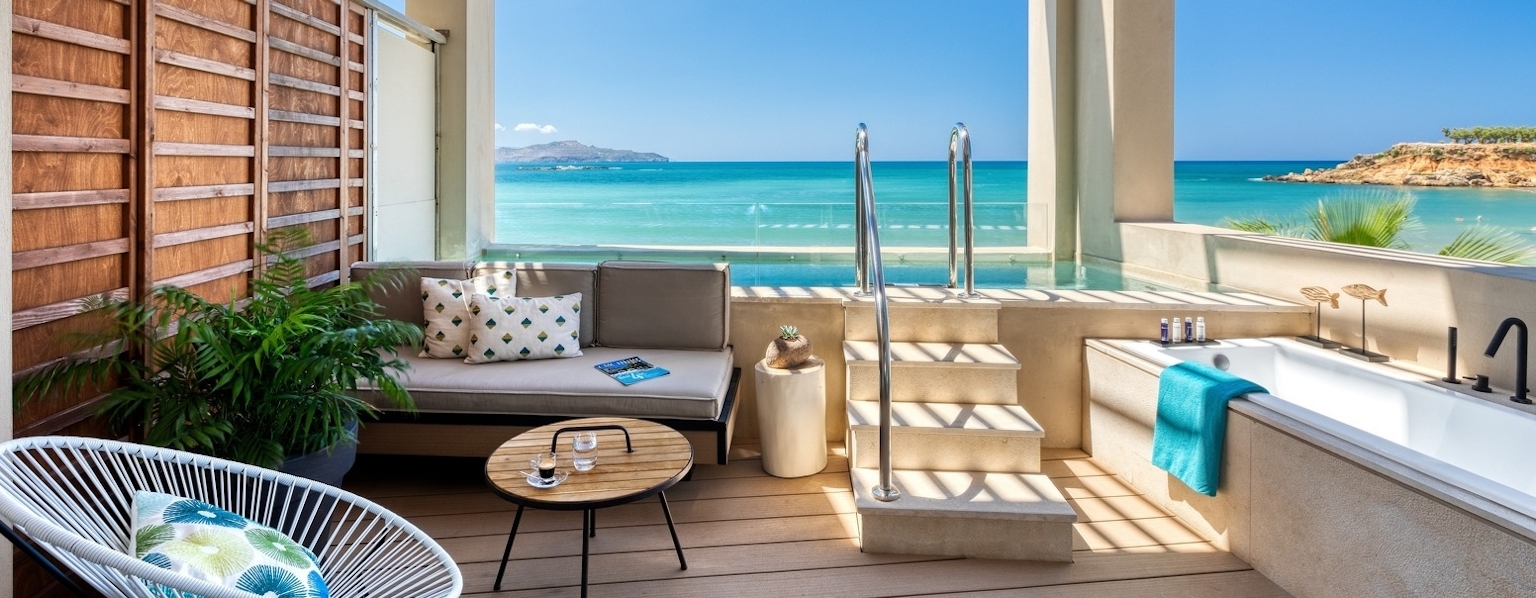Journey Through History: Explore and Taste Wine at the Monastery of Agia Triada Tzagaroli
On the Akrotiri peninsula, a mere 15 kilometres from Chania and in close proximity to 'I Daskalogiannis' airport, lies the Monastery of Agia Triada Tzagaroli (or Tzagarolon).
Uncover its intriguing history, explore a museum with diverse collections, and visit wine cellars and an olive press.
Photo: Wikipedia
Related
Travel
— Plans

